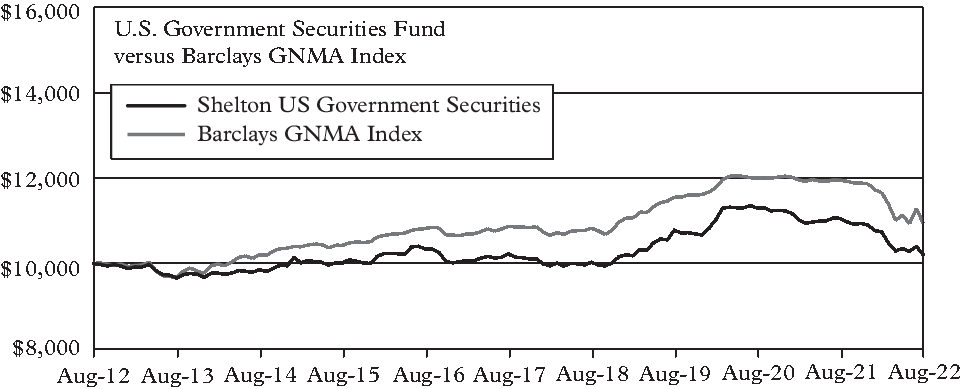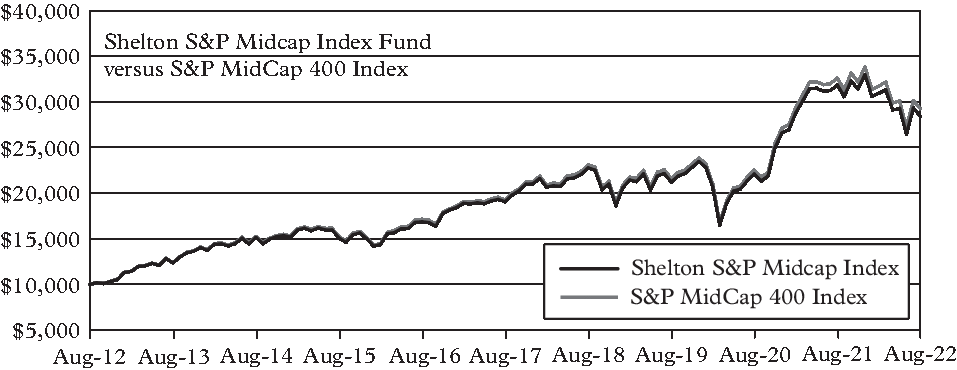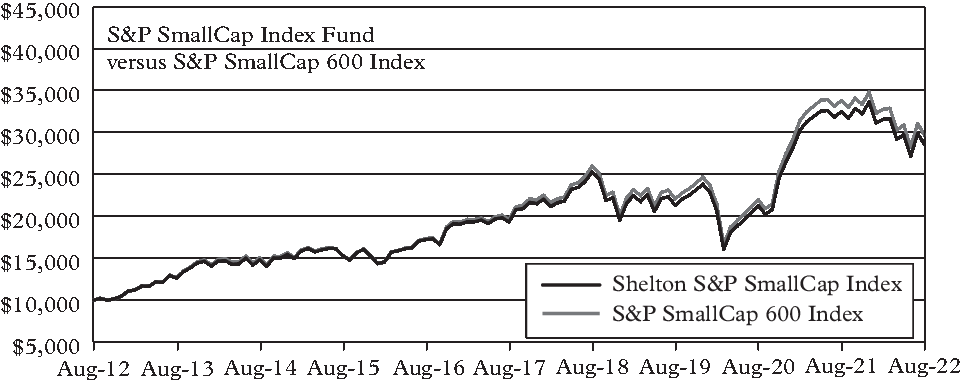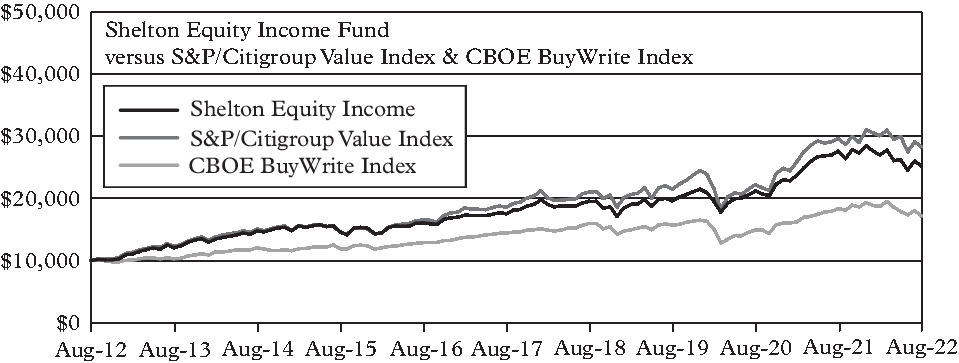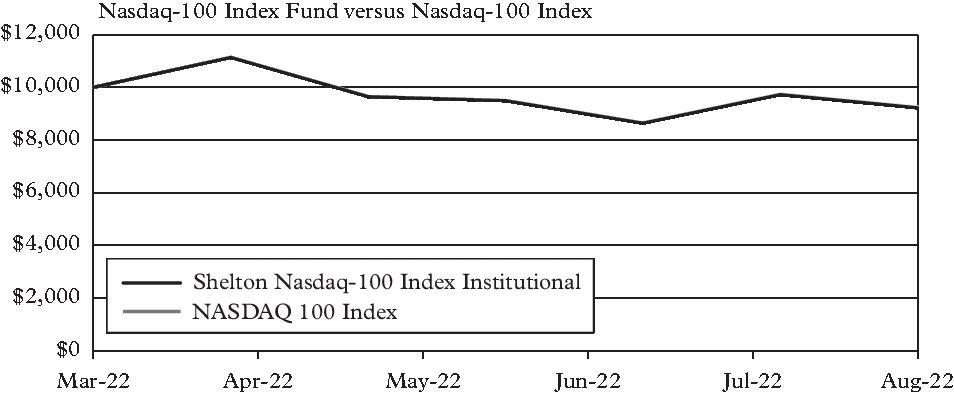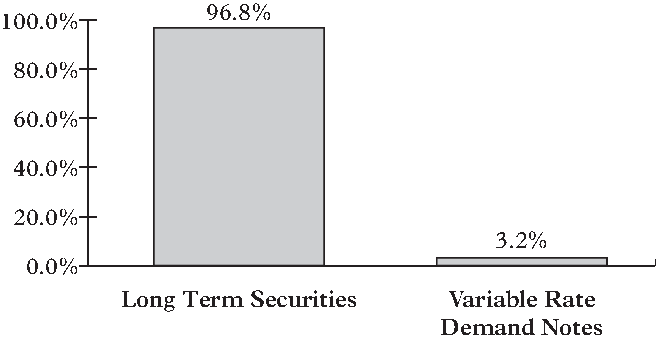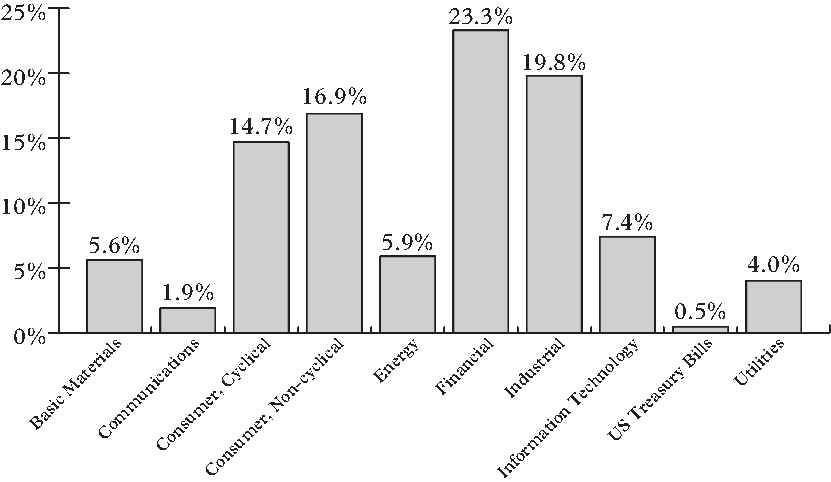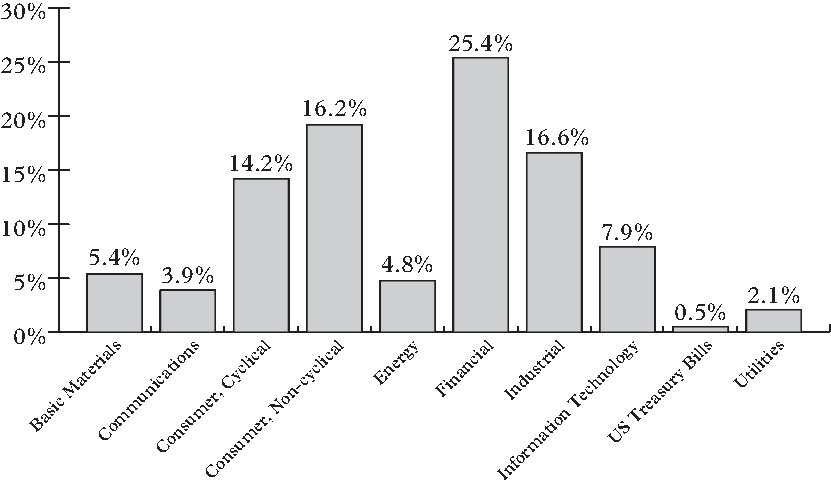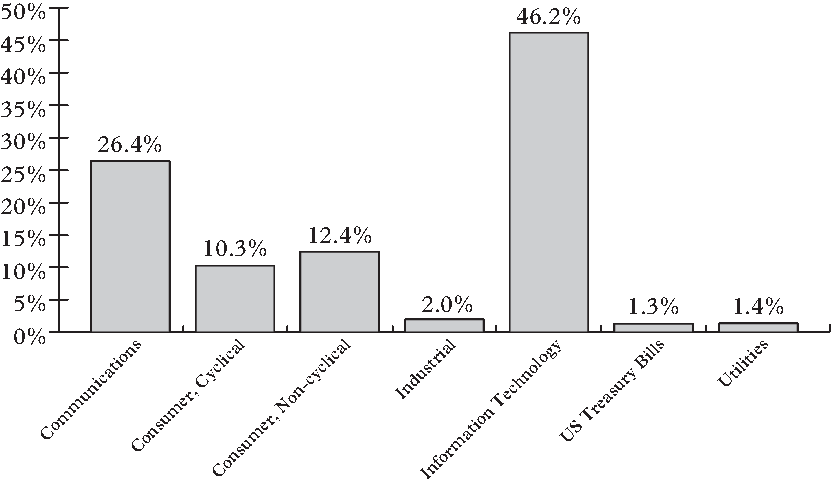|
Board Considerations Regarding Approval of Investment Advisory Agreements (Continued) |
Investment Performance
The Board considered each Fund’s investment results in comparison to its stated investment objectives. The Trustees reviewed the short-term and long-term performance of each Fund on both an absolute basis and against its benchmark indices. The Trustees also reviewed performance rankings for each Fund as provided by an independent third-party service provider. In assessing performance of the Nasdaq-100 Index Fund, SmallCap Index Fund, S&P 500 Index Fund, and MidCap Index Fund, the Trustees took into consideration the fact that Fund performance is expected to mirror the appropriate benchmarks as closely as possible given certain practical constraints imposed by the 1940 Act, the Fund’s investment restrictions, the Fund’s size, and similar factors. The Trustees also considered supplemental peer category performance information provided by the Adviser. Among the factors considered in this regard, were the following for the periods ended December 31, 2021:
•For the Green California Tax-Free Income Fund, it was noted that the Fund was in the second to lowest performing quartile relative to its peer category over the 10-year period and the lowest performing quartile over the 1-year, 3-year, 5-year periods.
•For the Nasdaq-100 Index Fund, it was noted that the performance of the Fund was in the highest performing quartile relative to its peer category over the 1-year, 3-year, 5-year and 10-year periods.
•For the S&P 500 Index Fund, it was noted that the performance of the Fund relative to its peer category was in the second highest performing quartile over the 1-year, 3-year, 5-year, and 10-year periods.
•For the S&P MidCap Index Fund, it was noted that the performance of the Fund relative to its peer category was in the second highest performing quartile over the 3-year and 10-year periods, and the second lowest performing quartile for the 1-year and 5-year periods.
•For the S&P SmallCap Index Fund, it was noted that the performance of the Fund relative to its peer category was in the highest performing quartile over the 10-year period, in the second highest performing quartile over the 1-year and 5-year periods, and in the second lowest performing quartile over the 3-year period.
•For the Shelton Green Alpha Fund, it was noted that the performance of the Fund relative to its peer category was in the highest performing quartile over the 3-year and 5-year periods and in the lowest performing quartile over the 1-year period.
•For the Shelton Equity Income Fund, it was noted that the performance of the Fund relative to its peer category was in the highest performing quartile over the 1-year, 3-year, 5-year, and 10-year periods.
•For The United States Treasury Trust, it was noted that the Fund’s absolute performance, while small, was positive during the one-year periods ended December 31, 2017, 2018, 2019, and 2020, and 0.00% for the one-year period ended December 31, 2021.
•For the U.S. Government Securities Fund, it was noted that the performance of the Fund relative to its peer category was in the lowest performing quartile over the 1-year, 3-year, 5-year, and 10-year periods.
The Board received an explanation of the reasons underlying the performance of the lower performing Funds and SCM articulated a strategy for improving performance of these Funds. The Board ultimately concluded that SCM’s and Green Alpha’s performance records in managing the applicable Fund was satisfactory, and in some cases excellent, supporting the determination that SCM’s and Green Alpha’s continued management under the applicable Shelton Funds Advisory Agreement would be consistent with the best interests of each applicable Fund and its shareholders.
Management Fees and Total Annual Operating Expense Ratios
The Board reviewed the management fees and total operating expenses of each Fund and compared such amounts with the management fees and total operating expenses of other funds in the industry that are found within the same style category as defined by a third-party independent service provider. The Board considered the asset size, advisory fees and total fees and expenses of each Fund in comparison to the asset size, advisory fees and other fees and expenses of other funds in each Fund’s relevant category. The Trustees considered both the gross advisory fee rates, as well as the effective advisory rates charged by SCM after taking into consideration the expense limitation arrangements on certain Funds.
The Board noted that except for the U.S. Government Securities Fund, the Green California Tax-Free Income Fund, the Shelton Green Alpha Fund and The United States Treasury Trust which were higher than their respective peer category medians, the maximum management fee charged to each Fund was generally lower than the Funds’ respective peer category medians.
The Board also observed that each Fund’s total annual operating expense ratios, after taking into account the expense limitations and waivers applicable to certain Funds, were generally higher than the category median for other comparable funds, with the exception of the Direct share class of the Equity Income Fund, the NASDAQ-100 Fund, the Small Cap Index Fund, the S&P 500 Index Fund and the MidCap Index Fund, which were below their respective category medians for comparable funds.
Comparable Accounts
The Board noted certain information provided by SCM and Green Alpha regarding fees charged to other clients utilizing a strategy similar to that employed by an applicable Fund. The Board determined that, bearing in mind the limitations of comparing different types of managed accounts and the different levels of service typically associated with such accounts, the fee structures applicable to SCM’s and Green Alpha’s other clients employing a comparable strategy to each applicable Fund was not indicative of any unreasonableness with respect to the advisory fee payable by such Fund.
Cost Structure, Level of Profits, Economies of Scale and Ancillary Benefits
The Board reviewed information regarding SCM’s and Green Alpha’s costs of providing services to the applicable Funds. The Board also reviewed the resulting level of profits to SCM and Green Alpha, respectively, including the cost allocation methodologies used to calculate such profits. The Independent Trustees received financial and other information from SCM and Green Alpha.
The Board noted its intention to continue to monitor assets under management, and the resulting impact on SCM’s and Green Alpha’s profitability, in order to ensure that each has sufficient resources to continue to provide the services that shareholders in the applicable Funds require. They further considered that breakpoints in the advisory fee structure of certain Funds provide for reductions in the level of fees charged by SCM to such Fund as Fund assets increase, reflecting the fact that economies of scale in the cost of operations will be shared with such Fund’s shareholders. The Trustees also noted that currently, SCM has contractually agreed to limit its advisory fees on certain Funds so that those Funds do not exceed their respective specified operating expense limitations and may extent those limits in the future.
The Board also considered that SCM and Green Alpha does not receive material indirect benefits from managing the applicable Funds. For example, Green Alpha does not currently employ a “soft dollar” program. With respect to SCM, the Board considered the Adviser’s statements regarding the implementation of a soft dollar program in 2021 with respect to certain Funds, but determined that material indirect benefits were not accruing to SCM at this time.
Based on the foregoing, together with the other information provided to it at the Meeting and throughout the year, the Board concluded that each applicable Fund’s cost structure and level of profits for SCM and Green Alpha, respectively, were reasonable and that economies of scale and ancillary benefits, to the extent present with respect to a Fund, were not material.



